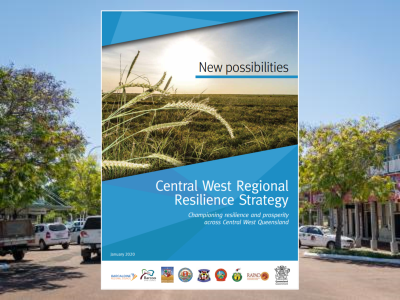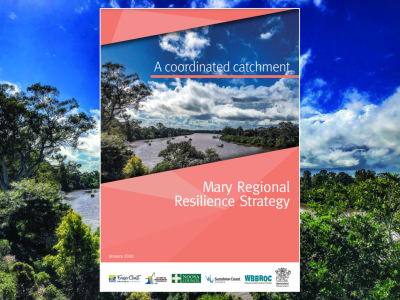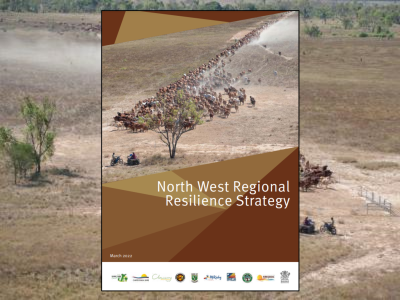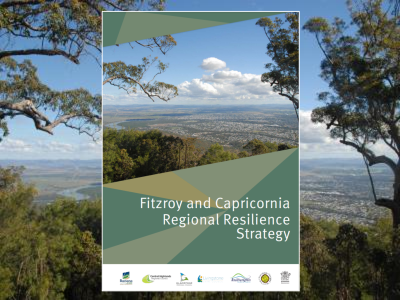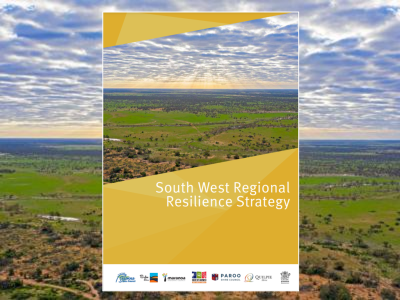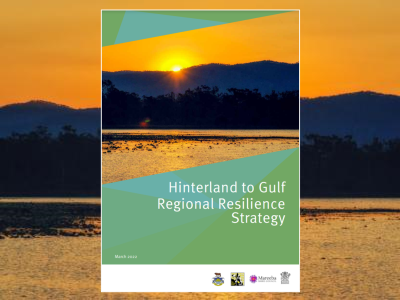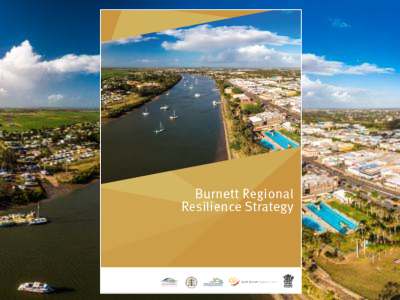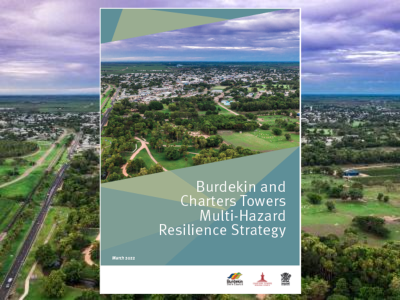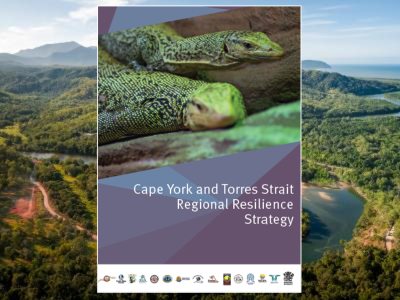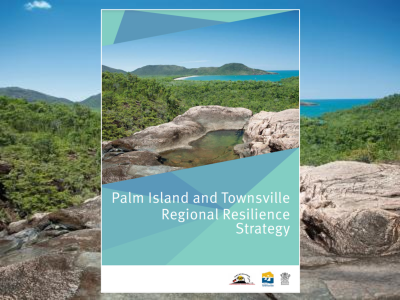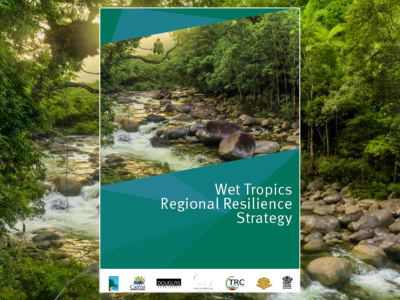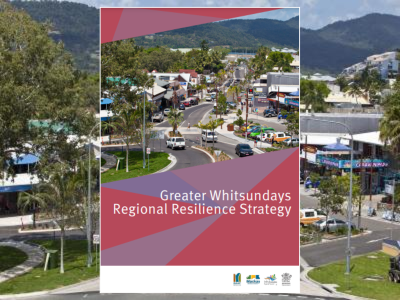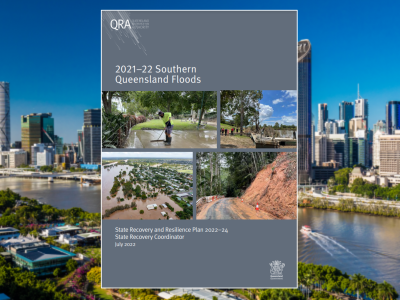Regional Resilience Strategies
On this page:
About
The Queensland Government is committed to strengthening disaster resilience so our communities are better equipped to deal with the increasing prevalence of natural disasters. Queensland’s suite of Regional Resilience Strategies ensure every region across Queensland is now part of a locally-led, regionally-coordinated and state-facilitated blueprint to strengthen disaster resilience.
Every community is different, so these strategies have used a co-design process and place-based approach to recognise communities are best placed to understand and identify their needs, and to reflect local communities working together and sharing local knowledge to address local risks.
This program of work has been delivered as a commitment under the United Nations Office for Disaster Risk Reduction Sendai Framework.
A commitment under the UNDRR Sendai Framework
Delivery of Regional Resilience Strategies in Queensland has been completed as a commitment under the United Nations Office for Disaster Risk Reduction (UNDRR) Sendai Framework.

(External link to https://sendaicommitments.undrr.org)
Local Resilience Action Plans
All councils that participated in the co-design process now have a Local Resilience Action Plan providing a clear forward plan for how we can make lasting change into the future through sustained investment in resilience and mitigation activities. Statewide more than 4400 local resilience actions have been identified. Local Resilience Action Plans aim to support councils to be as proactive as possible to describe their local resilience needs, and to build a forward program of effort that can be matched to funding opportunities over time as they emerge.
QRA Reference: CM GF/71424.
FAQs - Local Resilience Action Plans
An LRAP is an essential tool that helps councils identify and prioritise projects specifically focused on building community resilience, reducing disaster risk, and ensure there is strategic alignment with local and regional strategies
| Benefit | Details |
|---|---|
| Prioritisation of Key Resilience Projects | LRAPs help councils identify and prioritise critical projects that strengthen resilience and mitigate future risks, ensuring resources are directed toward the highest-impact activities. QRA’s CEO has highlighted the benefits of having a proactive plan in place, to make informed decisions around resilience priorities and to invest in the projects that will make the greatest difference to the community. |
| Access to Targeted Funding |
|
| Visibility in strategic documents and influence in state-level processes | Documents such as the State Recovery and Resilience Plan will consider LRAPs in identifying and advocating for strategic priorities across the State. Councils with an LRAP will have greater visibility in these discussions as it will be easier to quantify what their needs and priorities are. |
| Alignment with State and National Strategies | LRAPs ensure that local efforts are in line with broader state and national resilience frameworks, fostering coordination and support across all levels of government. |
| Complementing Risk Reduction Measures | LRAPs support the implementation of risk reduction measures identified through QRA’s Queensland Disaster Risk Management (QDRM) tool, bridging strategic risk assessments with actionable projects. |
- QRA receives frequent queries to justify funding needs and priorities. LRAPs offer state government a clearer evidence basis and justification when making funding decisions.
- LRAPs offer new, locally led insights to state agencies when designing resilience strategies and programs. It provides a clear idea of which type of hazards and regions are most in need, and which type of projects are a priority.
- QRA is currently reviewing the template with the aim of simplifying and streamlining the information Councils are asked to provide, while ensuring it remains practical and user-friendly.
- QRA is preparing a dashboard using LRAP data to support better visibility of the information provided by Councils. This tool is intended to help advocate for increased resilience funding and prioritise resilience projects. Further details will be shared once the dashboard has been refined and tested to ensure it meets the needs of all users.
- QRA actively uses the LRAPs to advocate for increased funding for Council’s resilience projects, and to justify the prioritisation of funding.
- All councils are encouraged to update their LRAP so that projects reflect up-to-date priorities and evolving local risks – ideally updates would be completed by the end of June to help inform the 2024-2025 State Recovery and Resilience Plan.
- Councils will also be invited to use the updated LRAP template to track investment in identified resilience projects, supporting greater visibility and strategic alignment.
- QRA will endeavour to limit the burden of reporting, but having updated information is vital for allocating and tracking funding effectively.
- Resilience and Recovery Officers (RROs) are the primary point of contact for Councils seeking support with their LRAPs. They provide ongoing assistance as part of their regular engagement.
- RROs will continue to reach out to Councils to offer support and see how they may assist Council in updating their LRAPs.
QRA CM Reference: DOC/23/33054. Last updated 4 June 2025.
Interactive map
Explore Queensland's 14 Resilience Regions using the interactive map to see how the actions identified in the Local Resilience Action Plans align with the four objectives of the Queensland Strategy for Disaster Resilience and the lines of resilience. Click to view map as full screen.
Media statements
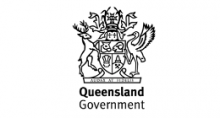
(External link to: https://statements.qld.gov.au/statements/96175

(External link to https://statements.qld.gov.au/statements/89393)
Program background
As background to the Regional Resilience Strategies program, in 2019-2020 four pilot projects delivered regional resilience strategies for the Burnett, Mary, Fitzroy and Central West regions. The locally-led, regionally coordinated and state facilitated approach acknowledged communities working together are best placed to understand and identify and address their needs by sharing local knowledge to address local disaster risks. Following the successful delivery of these four pilot projects, the commitment was made that by 2022, every region across Queensland will be part of a locally-led and regionally-coordinated blueprint to strengthen disaster resilience with a multi-hazard approach.
